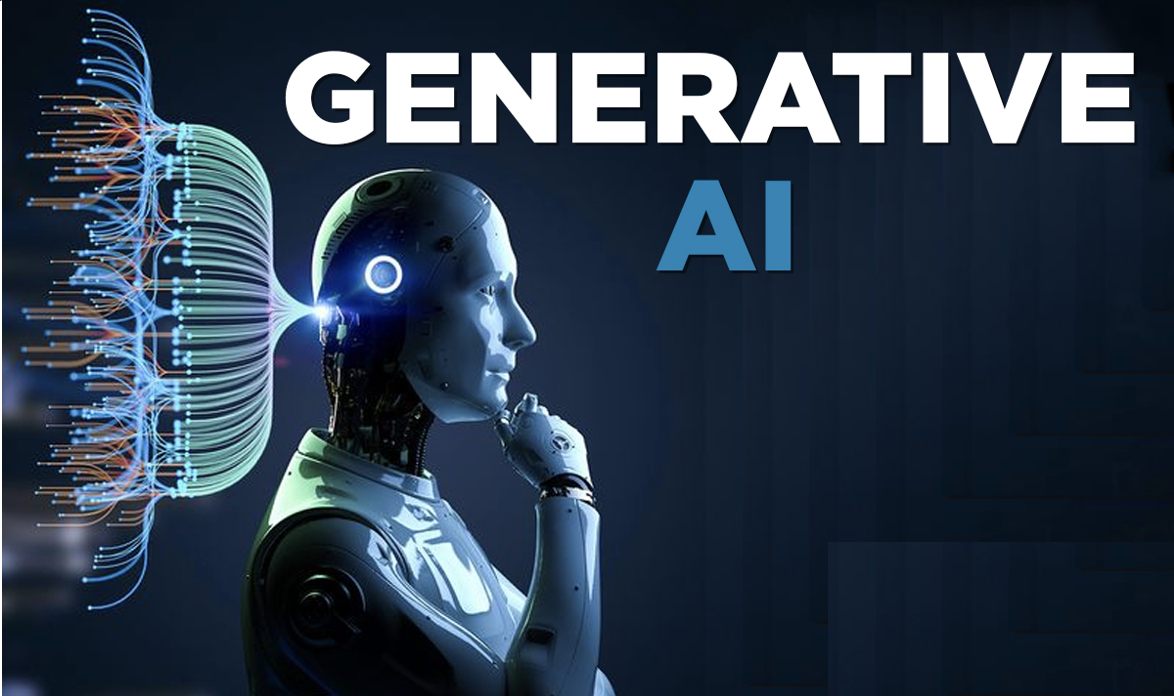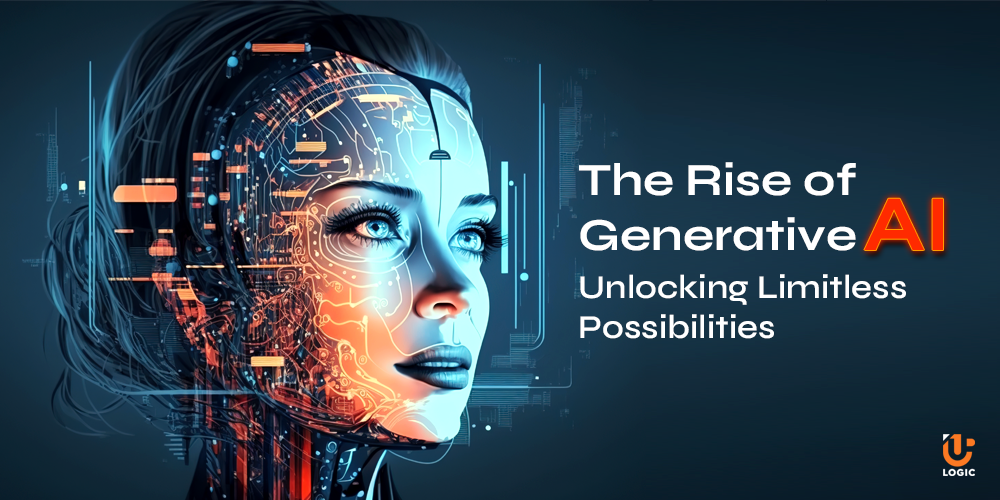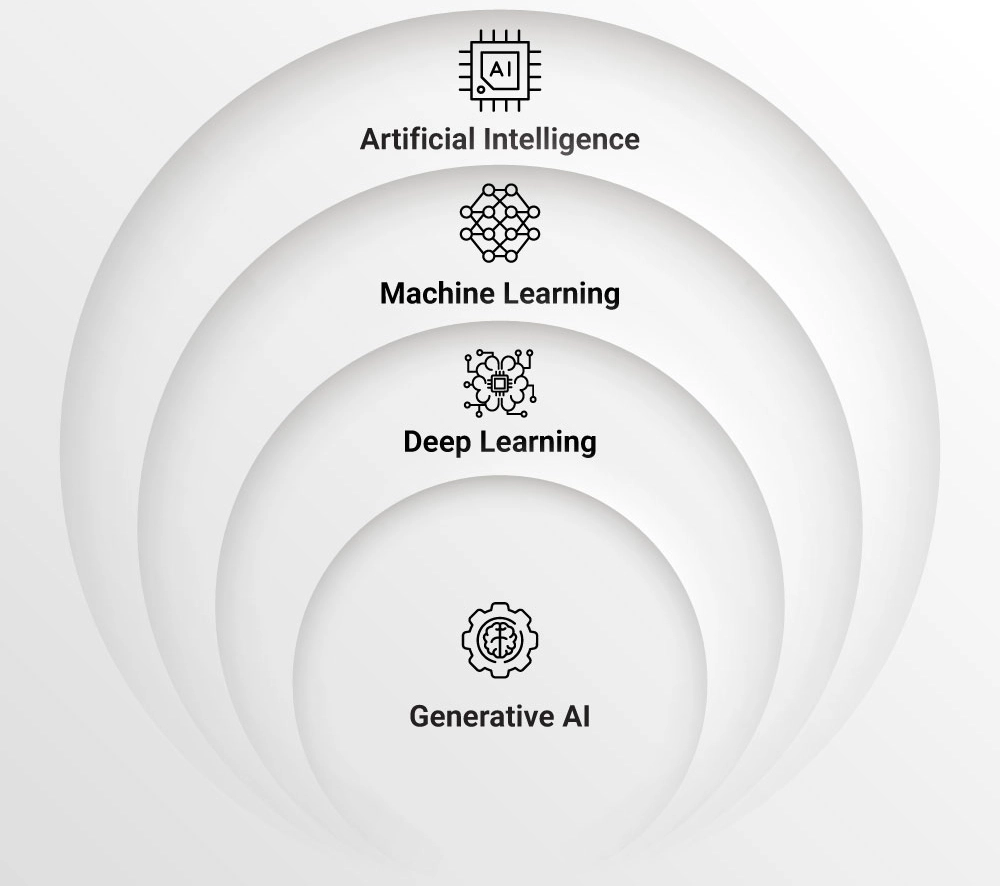The Rise of Generative AI – How AI like GPT and DALL·E is Reshaping Creativity

Introduction
In recent years, the field of artificial intelligence (AI) has witnessed a remarkable transformation, particularly with the advent of generative AI technologies. These innovations, exemplified by models like GPT (Generative Pre-trained Transformer) and DALL·E, are not just tools but have become catalysts for a new era of creativity. As we delve into the rise of generative AI, it is essential to explore how these technologies are reshaping the creative landscape across various domains, including art, writing, music, and beyond.
Keywords
- Generative AI - Generative AI Overview
- GPT (Generative Pre-trained Transformer) - OpenAI GPT Model
- DALL·E - DALL·E by OpenAI
- AI in Art - How AI is Transforming Art
- AI in Writing - The Future of AI in Content Creation
- AI in Music - AI Composing Music
- Ethics of AI - Ethical Considerations in AI
- AI and Copyright - Copyright Issues in AI-Generated Content
- AI in Marketing - Using AI for Marketing
- Future of Creativity with AI - The Future of Creativity in the Age of AI
Additional Resources
High-Quality Video Links
Understanding Generative AI

Generative AI refers to a class of algorithms that can generate new content based on the data they have been trained on. Unlike traditional AI, which often focuses on classification or prediction, generative models create new outputs that mimic the style and substance of their training data. This capability has led to groundbreaking applications in multiple fields.
Key Technologies
- GPT (Generative Pre-trained Transformer): Developed by OpenAI, GPT is a language model that can generate human-like text based on prompts given to it. Its ability to understand context and produce coherent narratives has made it a powerful tool for writers, marketers, and educators.
- DALL·E: Also from OpenAI, DALL·E is an image generation model that creates images from textual descriptions. This allows users to visualize concepts and ideas that may not exist in reality, opening up new avenues for artists and designers.
- Other Notable Models: Beyond GPT and DALL·E, there are several other generative models, such as StyleGAN for image synthesis and MuseNet for music composition, each contributing to the expanding capabilities of AI in creative fields.
The Impact on Creative Industries
1. Art and Design

Generative AI is revolutionizing the world of art and design. Artists are increasingly using AI tools to enhance their creative processes, experiment with new styles, and generate unique artworks. DALL·E, for instance, allows artists to input descriptive phrases and receive visually striking images that can serve as inspiration or even final pieces.
Case Study: Collaborative Art
Many artists have begun to collaborate with AI, treating it as a partner rather than a competitor. This collaboration has led to the emergence of a new genre of art known as "AI-assisted art," where the artist curates and refines the outputs generated by AI, resulting in a fusion of human creativity and machine intelligence. For more on how AI is transforming art, check out this article.
2. Writing and Content Creation

The writing industry has also felt the impact of generative AI. Tools like GPT can assist writers in brainstorming ideas, drafting content, and even editing their work. This has led to a significant increase in productivity, allowing writers to focus on higher-level creative tasks.
Case Study: Journalism and News Reporting
Some news organizations have started using AI to generate reports on routine events, such as sports scores or financial updates. This not only speeds up the reporting process but also frees up journalists to pursue more in-depth stories that require human insight and analysis. For insights on how AI is changing content creation, see this Forbes article.
3. Music Composition

Generative AI is making waves in the music industry as well. AI models can compose original pieces of music, analyze existing songs, and even create new arrangements. This has opened up new possibilities for musicians and composers, allowing them to explore uncharted territories in sound.
Case Study: AI in Film Scoring
Film composers are beginning to use AI to generate score suggestions based on the mood and tone of a scene. This can streamline the composition process and provide fresh ideas that composers might not have considered. For more on AI in music, check out this Rolling Stone article.
4. Marketing and Advertising

In marketing, generative AI is being used to create personalized content at scale. Brands can leverage AI to generate ad copy, social media posts, and even entire marketing campaigns tailored to specific audiences. For statistics on AI in marketing, visit this HubSpot page.
Case Study: Personalized Campaigns
Companies are using AI to analyze consumer behavior and preferences, allowing them to create highly targeted marketing strategies. This not only improves engagement but also enhances the overall effectiveness of advertising efforts.
The Ethical Considerations
As with any technological advancement, the rise of generative AI brings forth ethical considerations that must be addressed. Issues such as copyright, authenticity, and the potential for misuse are at the forefront of discussions surrounding these technologies.
1. Copyright and Ownership
One of the primary concerns is the question of ownership over AI-generated content. If an AI creates a piece of art or writes a story, who owns the rights to that work? This is an area that legal systems around the world are still grappling with, as traditional copyright laws may not adequately cover AI-generated content. For more on copyright issues, see this WIPO article.
2. Authenticity and Trust
As generative AI becomes more prevalent, distinguishing between human-created and AI-generated content will become increasingly challenging. This raises concerns about authenticity and trust, particularly in fields like journalism and art, where the human touch is often valued.
3. Misuse of Technology
The potential for misuse of generative AI is another critical issue. For example, AI-generated deepfakes can be used to create misleading or harmful content, posing risks to individuals and society. Establishing guidelines and regulations for the ethical use of generative AI is essential to mitigate these risks. For a deeper dive into ethical considerations, refer to this research paper.
The Future of Generative AI in Creativity
As we look to the future, the potential for generative AI to reshape creativity is immense. Here are some trends and possibilities we can expect to see:
1. Enhanced Collaboration Between Humans and AI
The future of creativity will likely see even more collaboration between humans and AI. As artists, writers, and musicians become more comfortable using AI tools, we can expect to see a rise in hybrid works that blend human intuition with machine-generated ideas.
2. Democratization of Creativity
Generative AI has the potential to democratize creativity by making artistic tools accessible to a broader audience. Individuals without formal training in art or writing can leverage AI to express their ideas and create content, fostering a more inclusive creative landscape.
3. Continuous Learning and Improvement
As generative AI models are continually trained on new data, their outputs will become increasingly sophisticated and relevant. This ongoing improvement will lead to more refined tools that can better serve the creative needs of individuals and industries.
4. New Forms of Artistic Expression
The rise of generative AI will likely give birth to entirely new forms of artistic expression. We may see the emergence of AI-generated performances, interactive installations, and immersive experiences that challenge our traditional notions of art and creativity. For further insights into the future of creativity with AI, visit this Creative Bloq article.
Conclusion
The rise of generative AI, exemplified by models like GPT and DALL·E, is undoubtedly reshaping the creative landscape. As these technologies continue to evolve, they offer exciting possibilities for artists, writers, musicians, and marketers alike. However, it is crucial to navigate the ethical considerations that accompany these advancements to ensure that the future of creativity remains vibrant, authentic, and inclusive. Embracing the collaboration between human creativity and AI will pave the way for a new era of artistic expression, where the boundaries of imagination are continually pushed and redefined.
 Reviewed by Nkosinathi Ngcobo
on
March 12, 2025
Rating:
Reviewed by Nkosinathi Ngcobo
on
March 12, 2025
Rating:



No comments: